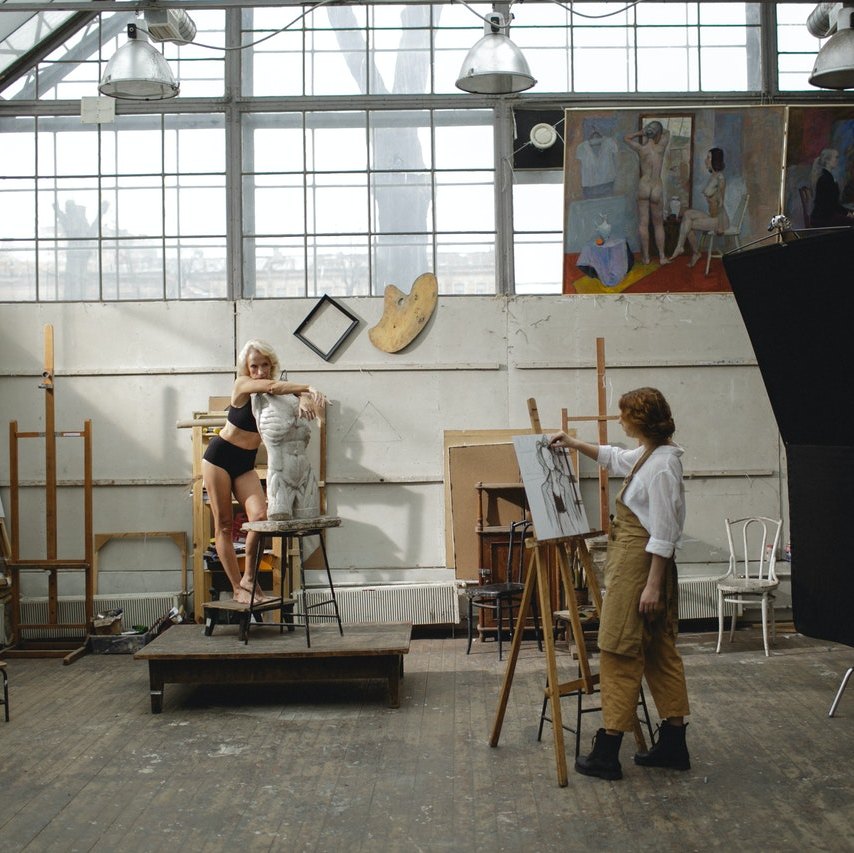Isn’t it funny how some people think of artists as highly sophisticated and otherworldly beings? While creativity and imagination can influence people’s behavior, most painters and sculptors are ordinary people with some unique skills and desire to work on something close to their hearts. A great example of this phenomenon is improvisational art. Seeing someone performing miracles in front of your eyes is truly entertaining and—to some extent—more run-off-the-mill. What is the place of improvisation within the paradigm of contemporary art?
Improvisational Art: How Reactions Become Aesthetics
Improvisation is more than just a tool to achieve a certain effect or emotion. Without exaggeration, it is a kind of philosophy as it goes far beyond the realm of visual and performance art. The nature of spontaneity is best revealed in art installations and live artists’ performances. Painters showing their skills while painting canvases are the most common type of improvisational art, but there are many other variations. For example, street painters are also part of the craft.
How do people benefit from such a spectacular showcase of skills? Most of the time, it is an unparalleled experience that people gain out of nowhere. Since improvisation means doing something not planned in advance, there is always a great chance to become a part of the show. If you want to participate in an exclusive event, you will need to look for pop-up art galleries or check the social media of the local artists. Sometimes, artworks made during improvisation events become valuable after the sale. Think about that. You might want to collect some art as well.
Improvisational art is becoming more and more popular nowadays. You can find lots of talented artists on the streets of New York and other cities all around the US. We live in busy times when a reaction and impulse to something important might be more relevant than a well-planned show that can be canceled at short notice.
